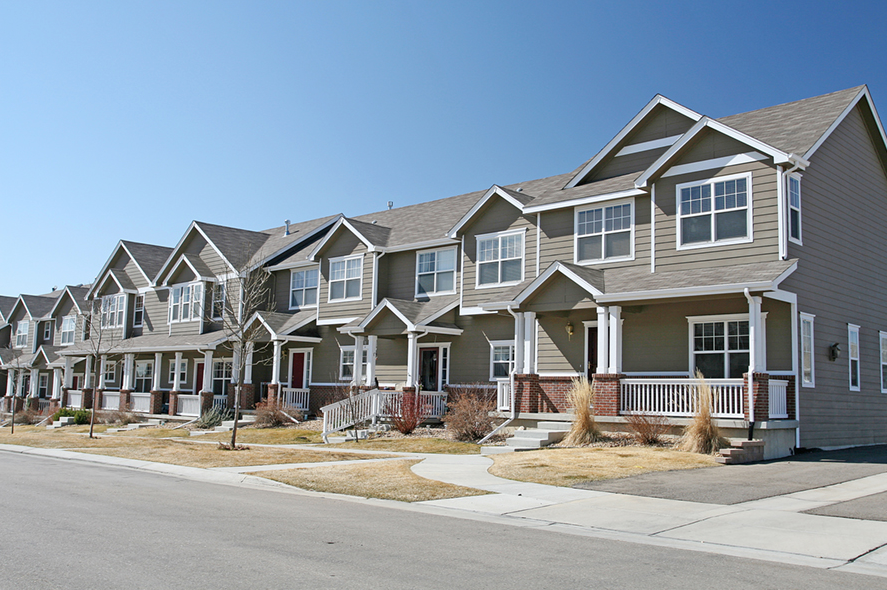The Edmonton multi-family rental market continues to strengthen amid sluggish economic conditions. According to Canada Mortgage and Housing Corp., the 2018 purpose-built rental vacancy was 5.3 per cent, a 1.6 per cent year-over-year decrease.
While domestic and international migration have slowed down, Edmonton’s population growth will continue to outpace the national average. Edmonton also has one of the youngest populations in Canada. Additionally, Albertans still boast the highest incomes in the country. Median after-tax income in the province was $70,300 in 2017; this is 17.5 per cent higher the national average.
Edmonton’s economy grew 2.3 per cent in 2018. However, the city lost momentum throughout 2018 following the strong economic rebound in 2017.
There are some green shoots in the economy, but 2019 growth is expected to be moderate at best.
On the positive side, new emerging sectors continue to transform Edmonton’s economy. The government “Made in Alberta” energy strategy, which provides $3 billion in energy diversification incentives is expected to attract $10 billion in private investments. Additionally, the government has committed $100 million to support Alberta’s artificial intelligence sector. Google’s DeepMind, the Royal Bank of Canada and Mitsubishi have all opened Edmonton-based research facilities.
While the apartment vacancy continues to be above the 10-year average (3.8 per cent), increased demand coupled with a slowdown in new construction is bringing the market back to equilibrium. Additionally, there is a significant vacancy difference between newer and older buildings. Tenant demand has shifted toward new builds with more efficient design and desirable amenities, despite higher rental rates.
Vacancy in buildings built after 2000 is 4.7 per cent while vacancy in buildings built before 1960 and 1980 is 6.7 per cent and 5.6 per cent, respectively. Since 2008, the city added 16,656 new rental units to the market. This represents a 21.4 per cent increase in the rental universe. There are currently 1,524 purpose-built rental units under construction.
Investment volume slowed down 13.5 per cent in 2018 compared to 2017, with transactions totalling more than $485 million for 2,263 suites. Six transactions involving nine concrete buildings accounted for $331.5 million, which represents over 68 per cent of the total multi-family investment volume. It is important to note eight buildings are located in the city’s core.
Investment in wood-frame product declined for a third consecutive year with only $153.7 million worth of transactions in 2018. During the same period, softer demand for walk-ups translated into decreasing valuations with an average price “per door” of $147,500, an 8.3 per cent decrease compared to 2017. The most notable transaction was the purchase of the Hendrix by GWL for $96.1 million. This is the largest single building transaction in Edmonton, and set a record price per door of $369,615. Additional notable mentions include the sale of the Vibe Lofts for $47 million to Killam Apartment Real Estate Investment Trust, as well as a three-building portfolio purchase by Realstar for $69.9 million.
The completion of Rogers Place and the development of the Ice District have effectively changed the landscape of Edmonton’s downtown by providing access to increased amenities. cAdditionally, the city’s goal to encourage 25 per cent of new housing units to be located in the core and around transit centres will continue to reshape housing demand.
However, the single greatest disruptor for the Edmonton rental market is the stress test imposed by thef ederal government. A significant portion of people will be priced out of buying a home and shift into rentals.
Edmonton fundamentals are expected to continue to improve as the oil price differential stabilizes and oil production curtailment diminishes. Additionally, large infrastructure projects will continue to support employment in the region.
Vacancy is slowly expected to converge to the long-term average over the foreseeable future.
Previous: Multi-family investing (Vancouver)
Next: Sponsored content | Prime waterfront B.C. development site offers huge potential for profit



